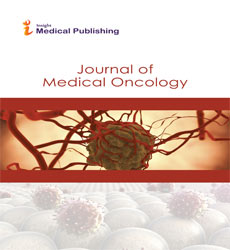The benefits of Physical Activity in Cancer Prevention
Abstract
An informal review of literature on exercise and cancer was undertaken in order to examine the role of exercise in cancer prevention. Population-wide studies show that cancer incidence decreases with increasing physical activity levels. Exercise can decrease the side effects of anticancer therapy and can aid in recovery and rehabilitation following chemotherapy, radiation, and surgery. Observational studies of breast, colon, and prostate cancer survivors show robust associations between postdiagnosis exercise and decreased cancer-specific mortality. In addition, all-cause mortality in cancer survivors decreases with increasing amounts of exercise. The amount and intensity of exercise required to measure a survival benefit appear to vary by primary tumour type. Decreased breast cancer mortality is seen with the equivalent of 3 hours of walking per week, and decreased colon cancer mortality with 6 hours of walking per week. For these tumours, more vigorous exercise may not improve survival. However, after a prostate cancer diagnosis, more intense exercise is associated with superior survival when compared with walking. The mechanisms behind these differences remain to be elucidated. Further research is also needed to determine the various amounts and intensities of exercise required for optimum cancer prevention, recovery, and survival.
Open Access Journals
- Aquaculture & Veterinary Science
- Chemistry & Chemical Sciences
- Clinical Sciences
- Engineering
- General Science
- Genetics & Molecular Biology
- Health Care & Nursing
- Immunology & Microbiology
- Materials Science
- Mathematics & Physics
- Medical Sciences
- Neurology & Psychiatry
- Oncology & Cancer Science
- Pharmaceutical Sciences
